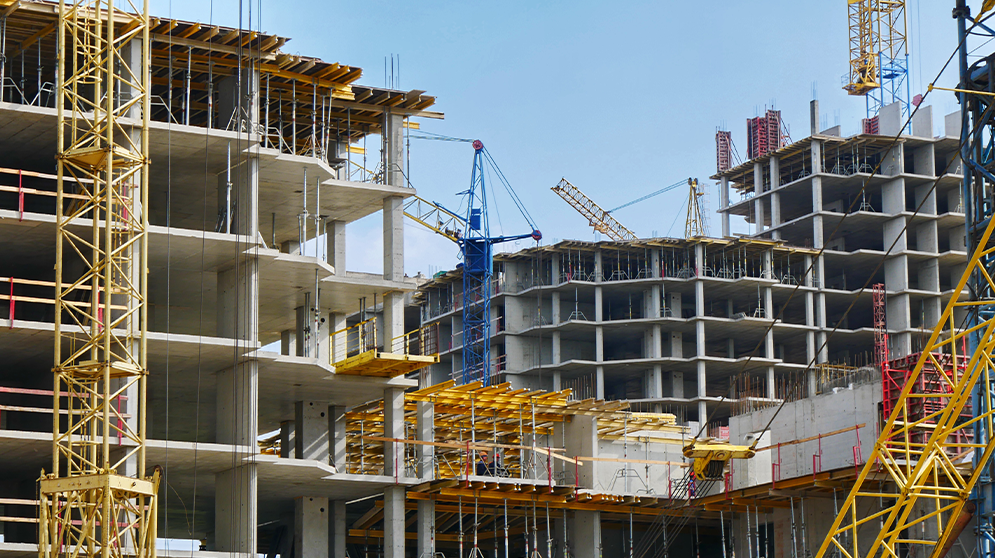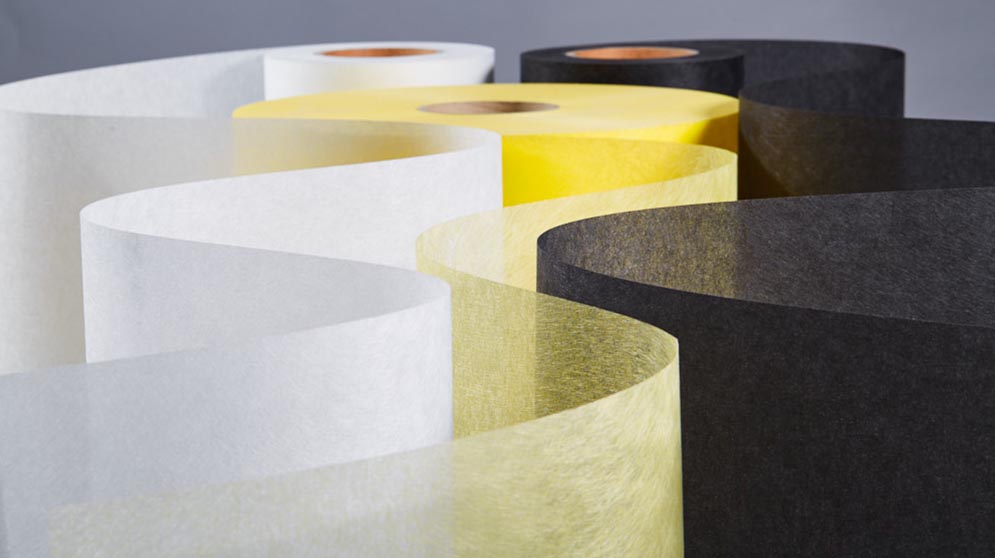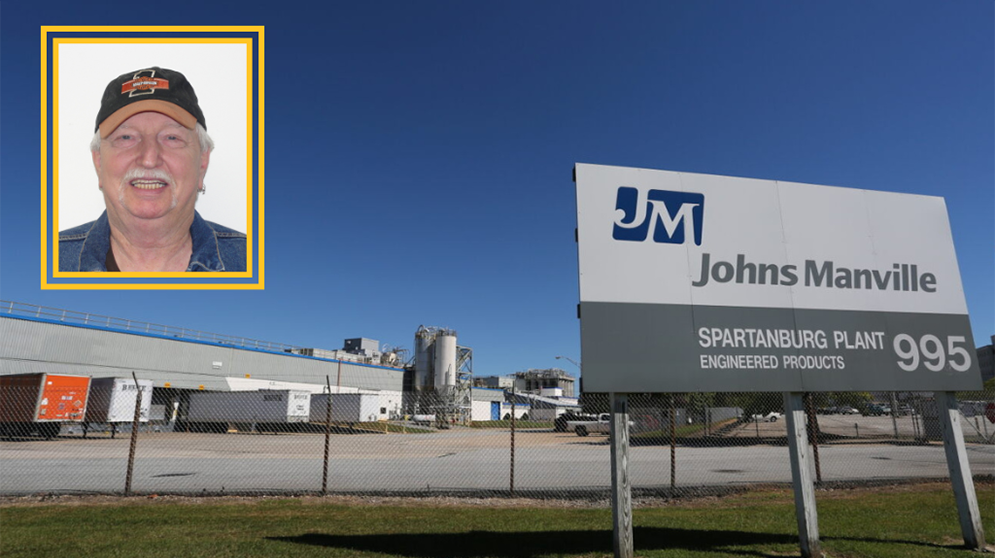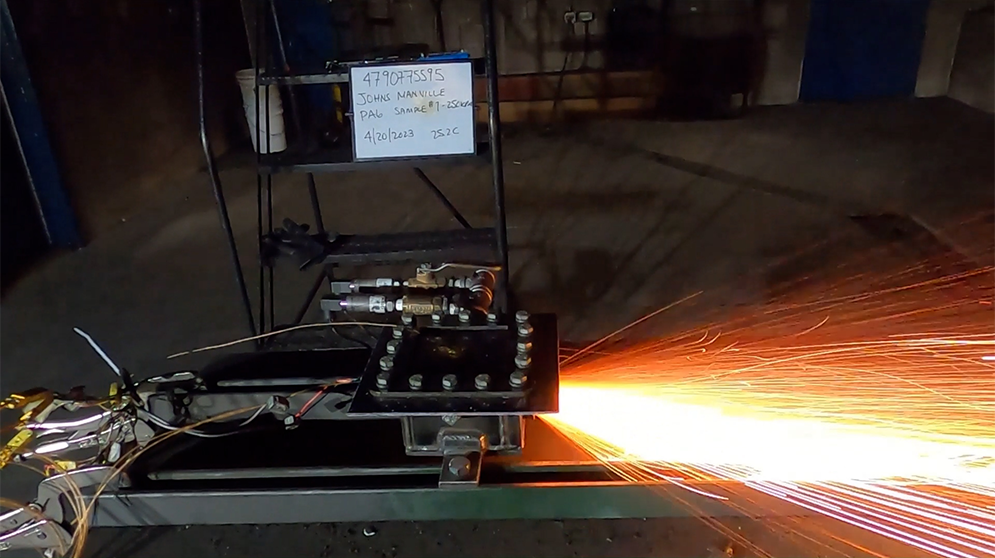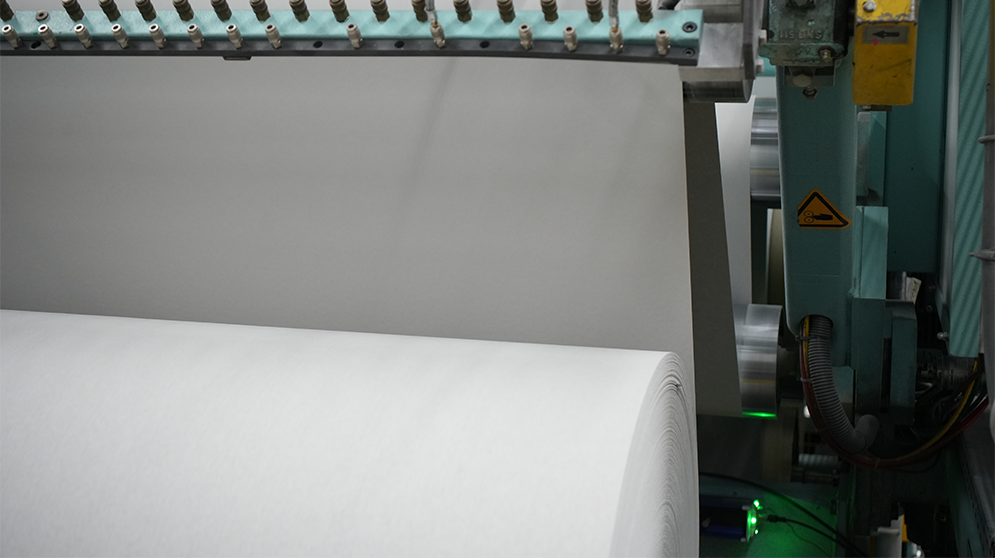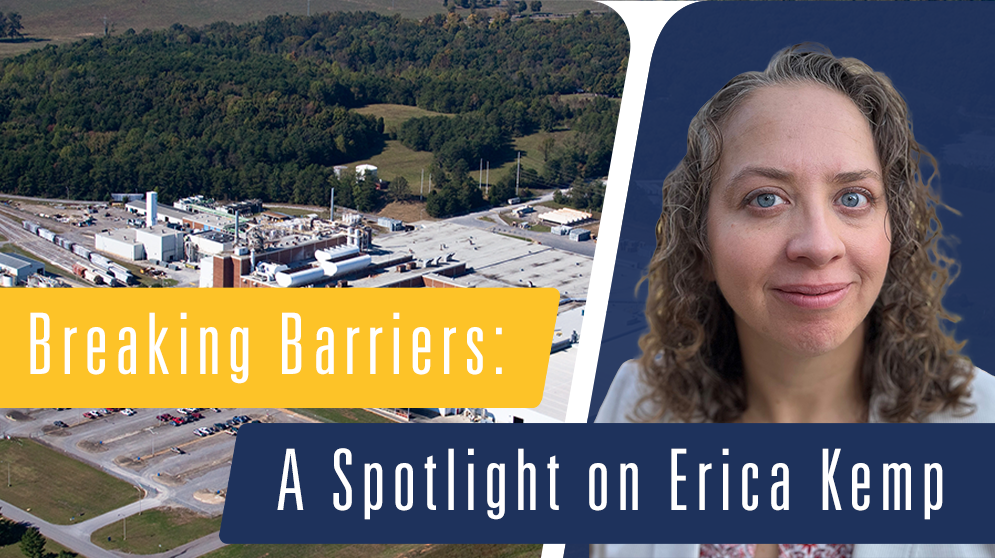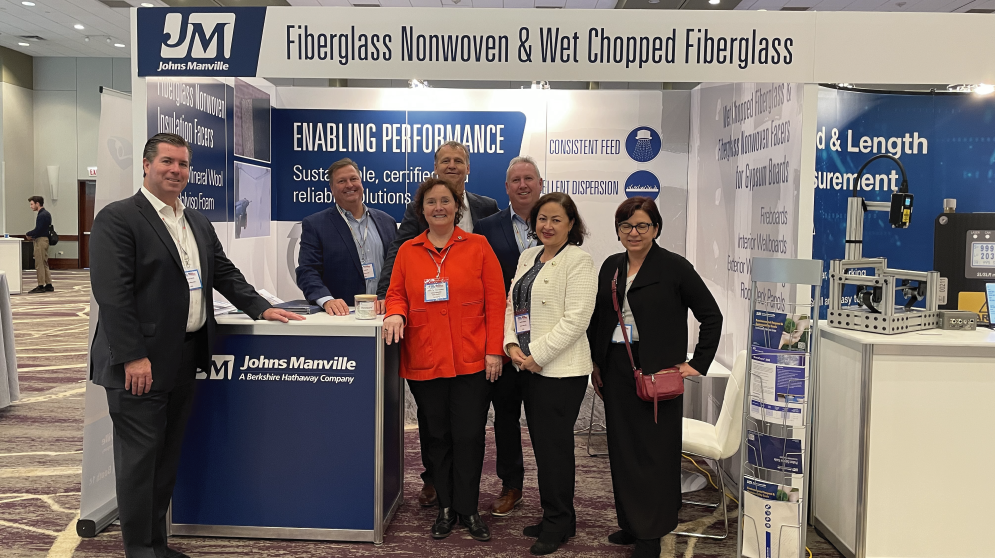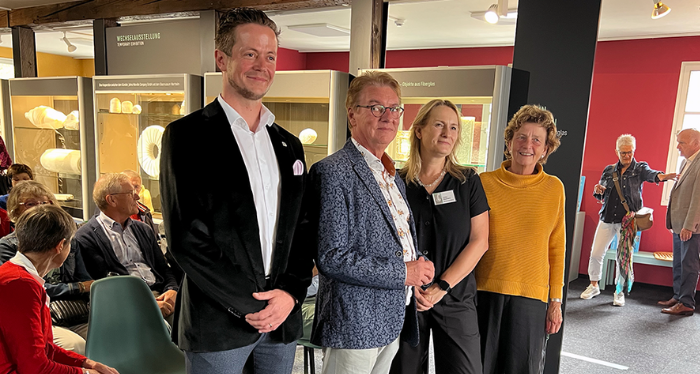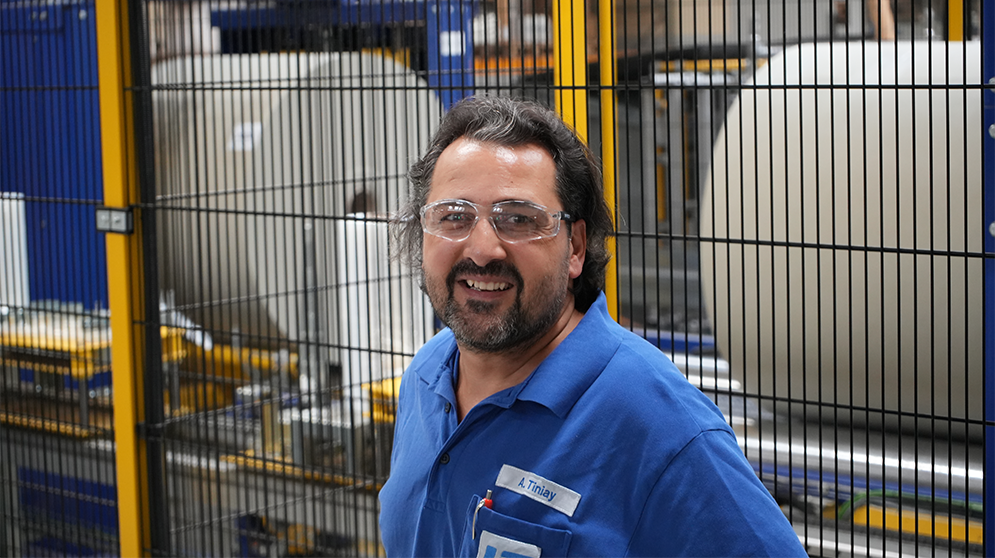Choosing the right components for building materials is essential for the finished construction. Fiberglass mats replaced cellulose paper products in many applications, but both are still used in the market. But what are the features and differences of each? Let’s take a closer look at both products.
Cellulose Paper
Paper is primarily composed of cellulose fibers, which can range typically from 70 to 100% in overall content. This is possible because cellulose fibers can bond to each other forming a strong substrate. There are situations where it is desirable to add other components to paper besides the cellulose fibers. These components are typically mineral fillers but can also be chemical binders and other treatments.
Softwoods and Hardwoods
Cellulose fibers are primarily broken down into two categories: softwoods and hardwoods. Softwoods come from evergreen trees such as Pine, Spruce, and Cedar. Softwood fibers are relatively long at 3mm in length and have good inter fiber bond and are considered soft and contribute to the absorbency of paper. Hardwood fibers are harvested from deciduous trees such as eucalyptus, birch, and maple. The fibers are relatively short at only 1mm in length. Because of the short length they mostly contributed to the stiffness of paper and provide smoothness.
Fillers, Binders, and Other Additives
In addition to cellulose fibers paper can also have inorganic pigments or fillers such as precipitated calcium carbonate or kaolin clay, sometimes to reduce cost, but also to enhance certain properties, such to provide water barrier, to increase brightness or density. Binders, for example starch can be used in paper to improve properties such as strength. For construction applications in particular roofing felt papers, glass fibers are added to the cellulose fibers to reinforce the final paper and improve its tear strength.
Typical Features of Cellulose Paper
Paper is a very flexible product and is available in many different weights and properties. For example, paper used to make tea bags is typically 12 grams per square meter, whereas a roofing felt paper can be as high as 560 grams per square meter. Typical characteristics of paper is that it is typically a very smooth product. It has very good opacity so it can mask things, it has low porosity, so it is used for barrier applications and its high absorbency makes it suitable for hygiene and similar applications. Finally, an important aspect is that paper uses cellulose fibers which are a renewable raw material. Many industrial papers also have a considerable amount of recycled fiber.
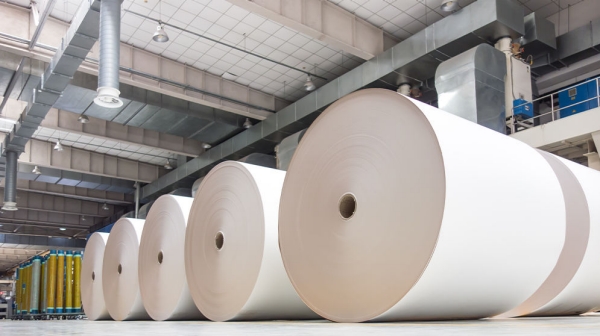
Fiberglass Mat
Unlike paper, fiberglass nonwovens use engineered fibers as its main component. Glass fibers are standardized by fiber diameter, and they range from 8 to 18 microns and come in lengths between 6 and 38 millimeters. The shorter fibers provide very good uniformity, whereas the long fibers provide good tear strength. For example, 38mm are mostly found in roofing applications.
Different compositions of fiberglass are used depending on the application, E-glass is the most common and is the predominant fiber used in construction applications.
Binders
Fiberglass mats require a binder to bond the fiberglass nonwovens and to hold the fibers together. There are many different types of binders, including thermoset resins (like urea formaldehyde, melamine formaldehyde, formaldehyde free acrylic) and thermoplastic polymers (like acrylics, poly vinyl acetate, styrene butadiene rubber) but there are also bio-based resins available (click here to learn about JM's Alpha Binder). The binder is selected depending on the end-use application.
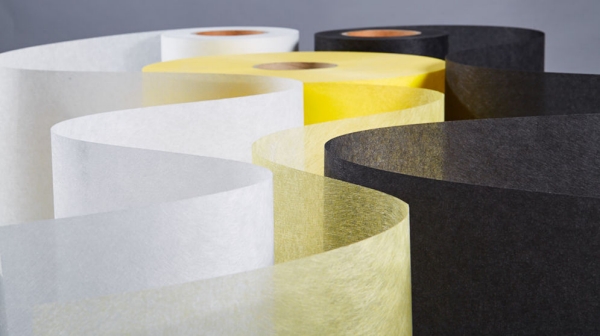
Typical Features of Fiberglass Nonwovens
Fiberglass nonwovens come in a wide range of weights and properties, but in general they are known for being flame retardant, having good water and moisture resistance, so mold and mildew are not an issue. And they are having excellent mechanical properties that are important in construction applications, such as good tensile strength and tear resistance, outstanding dimensional stability and because it is possible to blend fibers of different diameters and length a wide range of permeability is given.
Cellulose Paper vs. Fiberglass Nonwovens
Comparing both products directly with each other, paper is typically preferred in applications that require good smoothness or printability, but fiberglass is best for applications that need water and moisture resistance or require high tear resistance or stiffness. Conclusively, the radar chart outlines that fiberglass mats are the superior product of choice in construction applications.
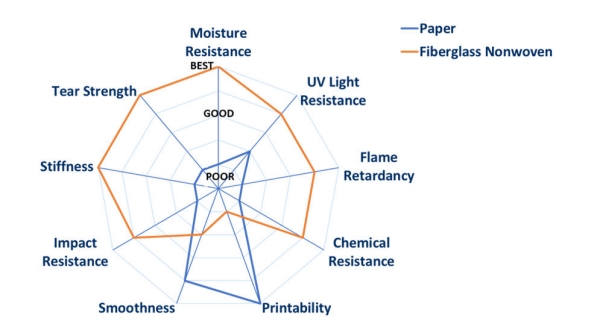
Adoption of Fiberglass Nonwovens in Construction
Fiberglass nonwovens had been successful in replacing paper in many applications, primarily due to its unique properties. But in order: In 1950 Schuller Company, which was acquired by Johns Manville in 1971, developed the first fiberglass nonwoven product using a dry forming process. This product was developed and first used in the early 1950’s for bituminous roofing applications replacing paper felts. In the early 1960’s fiberglass mats started to be used in roofing shingles, again replacing paper products. The wet-laid process was then adopted to make fiberglass nonwovens and Schuller initiated the first commercial line in 1968. The energy crisis of the early 1970’s saw a wider adoption of fiberglass nonwovens as the facer material in insulation boards, and liner ducts and in the late 70’s fiberglass mats found a home in cushion vinyl flooring replacing mineral paper. And other applications came as well in later years such as gypsum board facers, battery separators, ceiling facers and more recently in composite applications as in JM’s own GoBoard® material, an ultra-lightweight, waterproof, and durable tile backer board that is easy to cut and install. Let’s take a closer look at some of these applications.
Roofing Shingles
Fiberglass nonwovens are currently used in 75% of all shingles in North America. Fiberglass has for the most part replaced paper felts as the reinforcement of choice based on its inherent flame resistance and very good dimensional stability. In the presence of moisture and water felt reinforced shingles can warp. Fiberglass also provides very good tear resistance and those shingles can be guaranteed against winds of 130 or even 150 miles per hour. Paper felt shingles simply do not perform under those conditions. Today fiberglass shingles are the product of choice for residential roofs in North America.
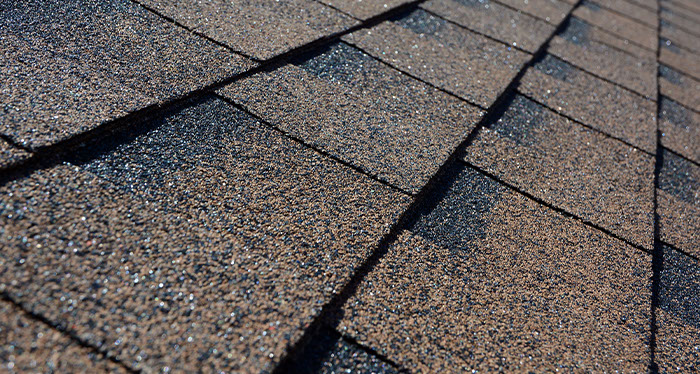
Flooring
Mats made of fiberglass have also found a home in various flooring applications because of their excellent dimensional stability performance and resistance to moisture. The fiberglass products can also be customized in terms of weight and porosity to facilitate the manufacturing process for carpet tiles, cushion vinyl flooring or luxury vinyl tiles.
Insulation and Gypsum Facer
Paper was also replaced by fiberglass nonwovens in facer applications such as insulation and gypsum boards. This is due to their excellent impact resistance, very good moisture stability and very good mechanical properties that reduce the weight of the board and add to their durability.
More Applications
There are many other examples where fiberglass has replaced paper products, for example in
- interior ceiling facers, because they enhance the acoustic properties of the ceiling panels
- lead acid batteries, due to their excellent chemical resistance and controlled porosity
- composites, where a combination of lightweight, open structure and uniformity are desirable
If you would like to learn more about our product offering for construction applications, you can visit our Nonwovens page and select your specific market. Or you can get in touch with us today.
-
Engineered Products
-
Engineered Products
-
Engineered Products
-
Engineered Products
-
Engineered ProductsIndustry Insights, Sustainable Innovations, and Market Adaptability: A Comprehensive Overview from the Global Gypsum & Insulation Conference 2023
-
CommunityInternational Glass Artist Blends Illusion and Reality Using Johns Manville Materials
-
Engineered ProductsJM Reinforces Global Manufacturing Footprint as Tom Kendrick Returns as Global Fiberglass Commercial Director
-
Engineered Products

